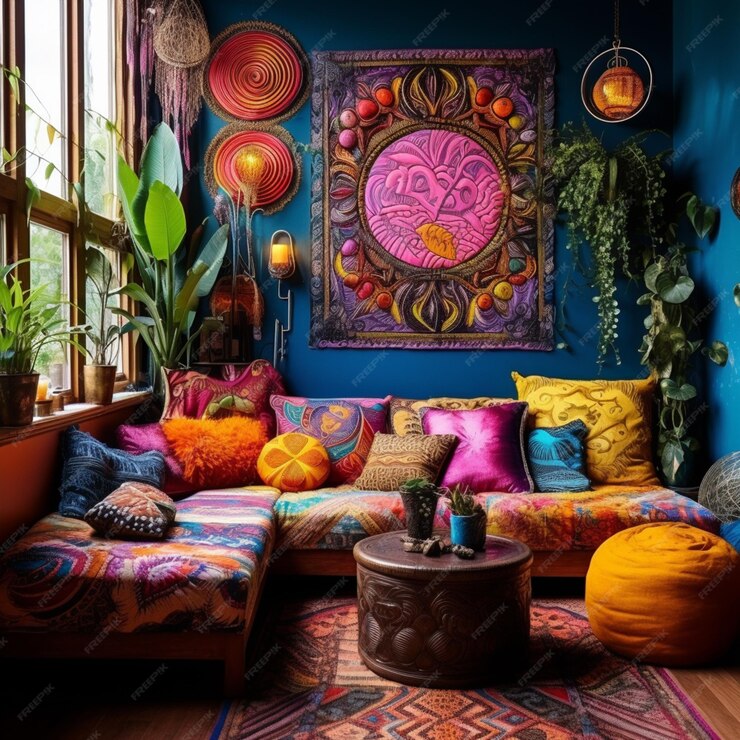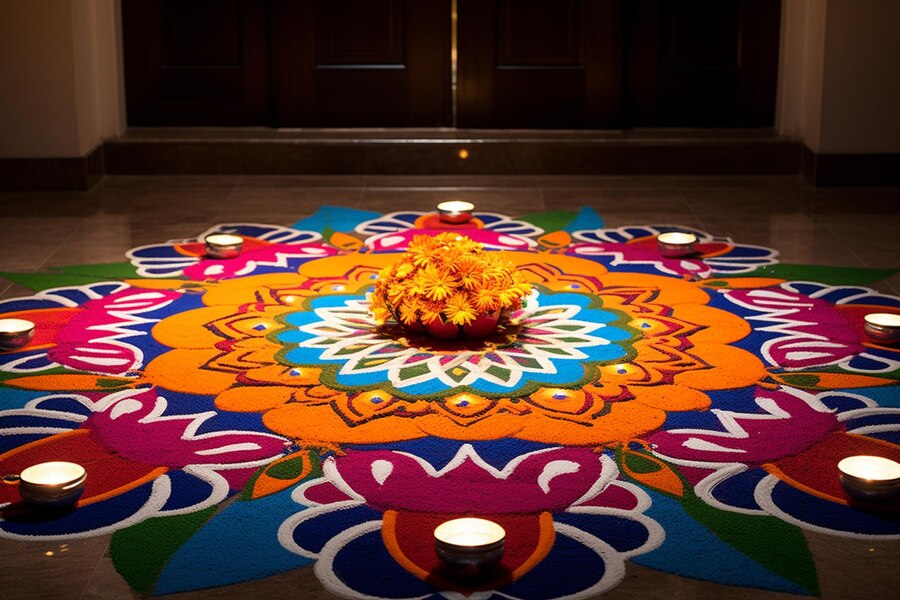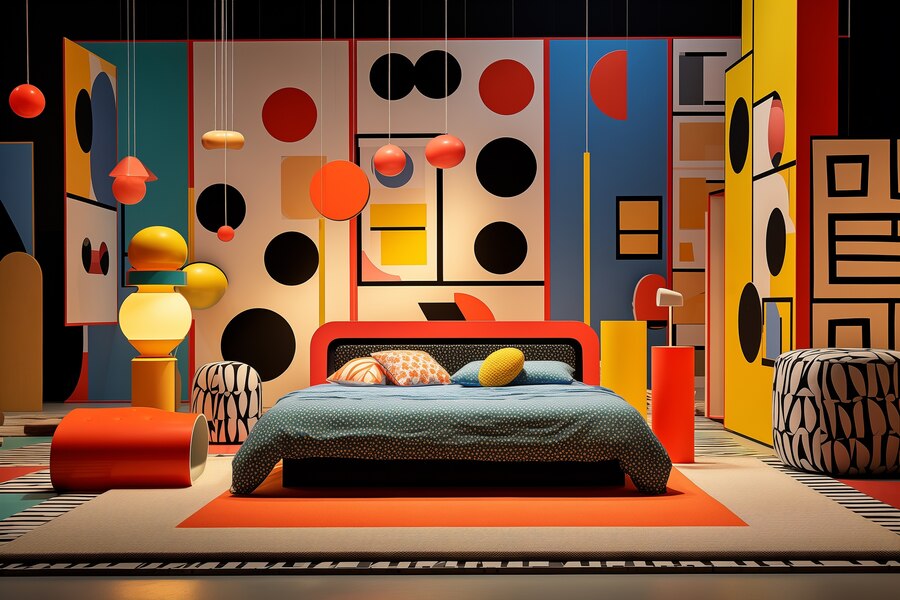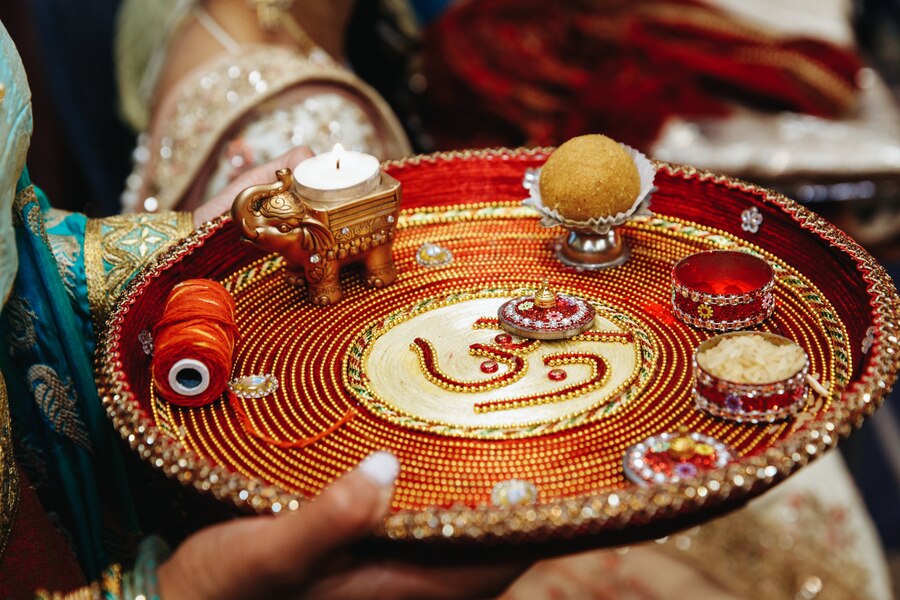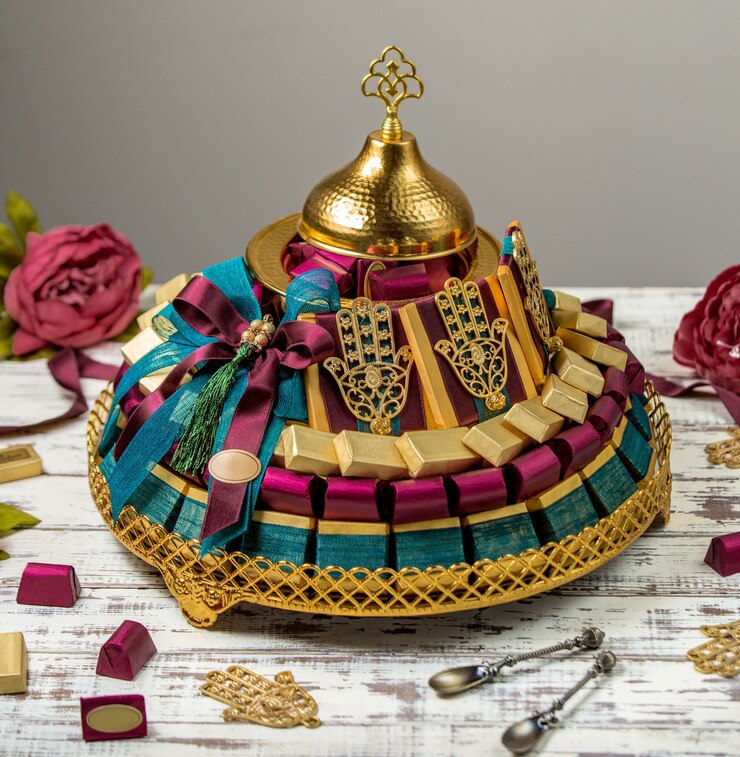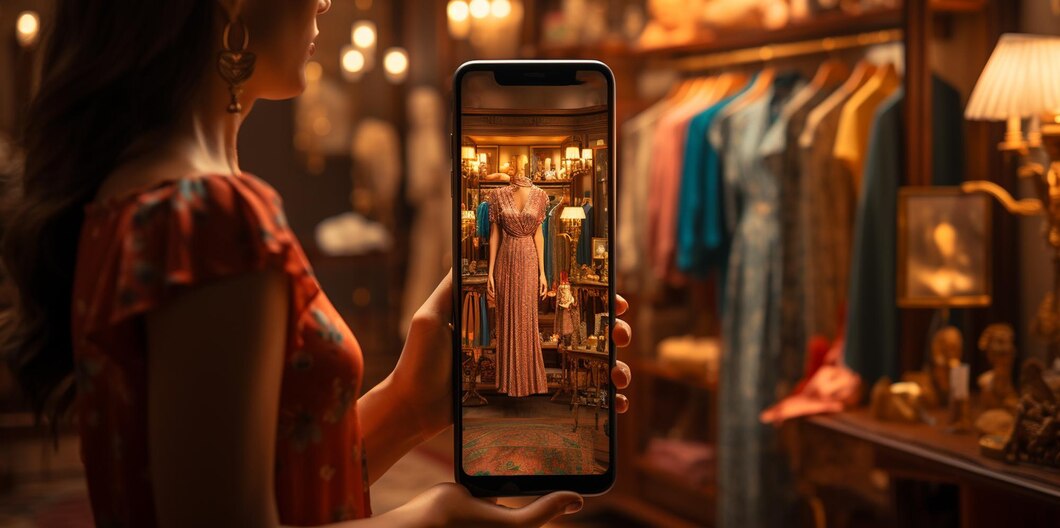Indian Embroidery, the art of adorning fabric with needle and thread, transcends mere embellishment in India. Each stitch tells a story, reflecting the land’s diverse landscape and the lives of its people.The Diverse World of Indian Embroidery. At Tanutra, we celebrate the authenticity of Indian handicrafts, and today, we embark on a journey to explore the many dazzling forms of embroidery practiced across India.
The Process of Indian Embroidery: –
Here’s a glimpse into the basic process: –
- Design Transfer – Artisans traditionally use freehand drawings or printed patterns for intricate designs.
- Fabric Selection – The choice of fabric depends on the embroidery style.
- Needlework – Each region boasts unique stitches. From the delicate shadow work of Chikankari to the vibrant chain stitch of Phulkari, embroidery techniques showcase remarkable skill and artistry.
- Embellishments – Mirrors, beads, shells, and even metal threads like Zari add a touch of grandeur and cultural significance.
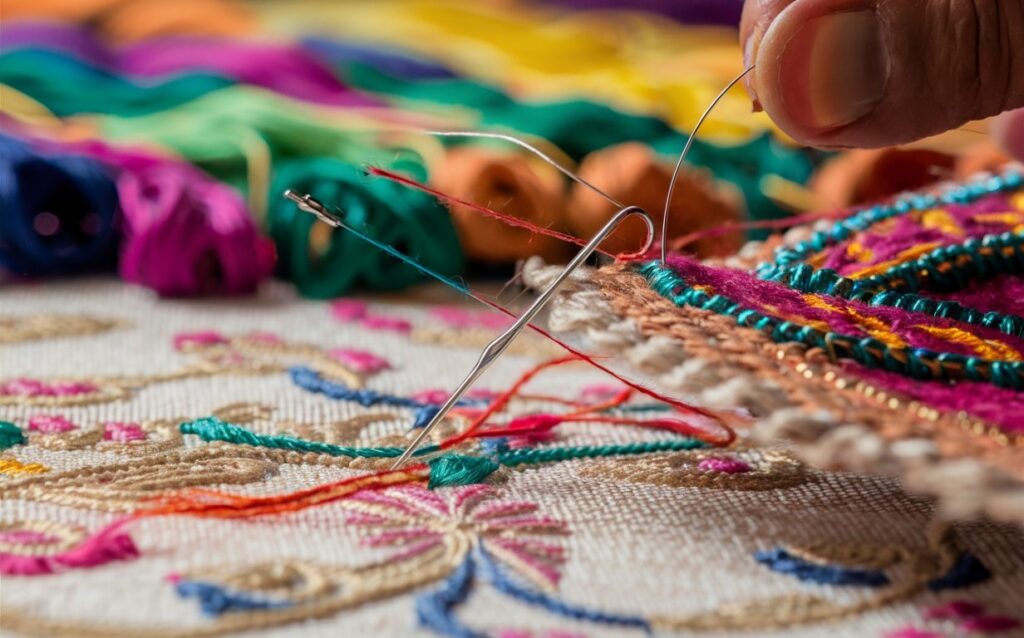
A Moment in History: Uncovering the Regional Differences: –
- India’s large geographic area produces a diverse range of embroidery techniques, each with an own personality: –
- Chikankari (Lucknow) – Delicate white-on-white embroidery featuring floral patterns and intricate shadow work.
- Zardozi (Mughal Empire) – Characterized using gold and silver threads, creating opulent embellishments for royal attire.
- Phulkari (Punjab) – Vibrant floral embroidery traditionally done by women on colourful fabrics, often depicting stories and folklore.
- Kantha (West Bengal) – A sustainable form of embroidery that upcycles old fabrics with beautiful running stitch patterns.
- Shisha Work (Gujarat, Rajasthan) – Mirrors meticulously stitched onto fabric, reflecting light and adding a touch of glamour.
The Cultural and Religious Influences: –
India’s cultural and religious legacy vibrantly threads itself through Indian embroidery: –
- Nature – Flowers, animals, and paisleys are common motifs, symbolizing life, prosperity, and good luck.
- Religion – Hindu deities, mythological creatures, and auspicious symbols adorn ceremonial garments and temple decorations.
- Folklore and Tribal Art – Tribal communities have their unique styles, often depicting stories and beliefs through embroidery.
- Regional Traditions – Geometric patterns, specific color palettes, and regional flora and fauna are not merely decorative elements in Indian embroidery. They actively tell a story, reflecting the unique cultural identity of each region. Artisans weave these elements into their designs, creating a visual language that speaks of their land and heritage.
A Stitch of Heritage for Your Home: –
At Tanutra, we offer a curated collection of handcrafted Indian embroidery products that bring a touch of cultural richness to your home. From intricately embroidered sarees and dupattas to vibrantly embellished cushion covers and wall hangings, each piece is a testament to the enduring legacy of Indian craftsmanship.















